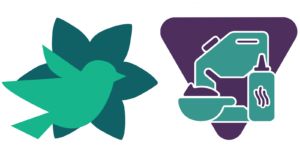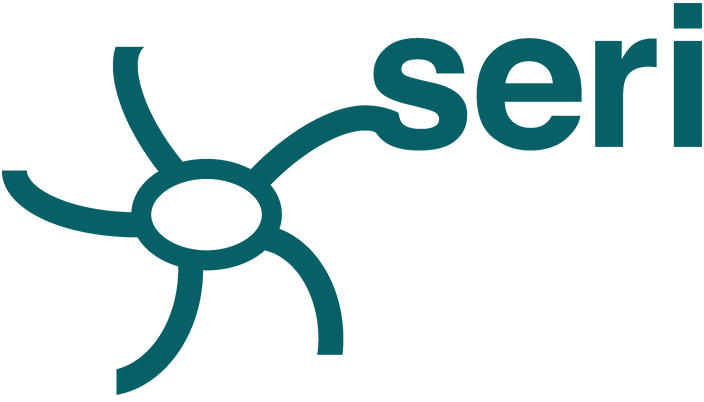
Solutions For A Changing World
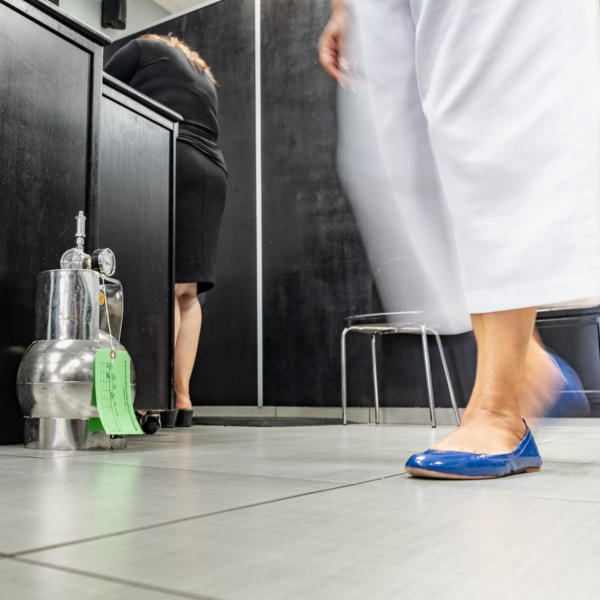


Program Overview
Did you know that occupational diseases and injuries are often preventable at work? Through our Solutions for A Changing World program, we aim to support the health of small business owners and workers and eliminate health disparities in limited-income and Latino communities.
What are VOCs? “VOCs” stands for Volatile Organic Compounds. Products you use at work may contain high concentrations of VOCs. These chemicals easily evaporate into the air when used. These VOCs can be harmful for your health and prolonged exposure may make you at high risk for negative health outcomes. Reducing VOCs at work can improve the health of you, your employees and their families.
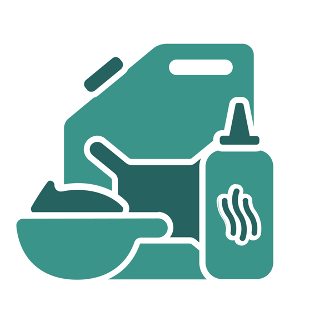
We are currently working with small beauty salons and auto shops within the Tucson Metropolitan Area in an effort to reduce VOCs levels at the work place for a safer environment.
All participating shops were visited multiple times to conduct assessments, air monitoring of VOCs levels and we also took a summa canister to the shops to measure up to 63 different chemicals in the workplace.
All shops received an intervention of up to $300 to make changes in their business. They had the opportunity to choose what intervention was going to best for their shop.
SERI staff had the opportunity to make recommendations regarding interventions based on the assessment, inventory present at the time of the visits and following the hierarchy of controls triangle.
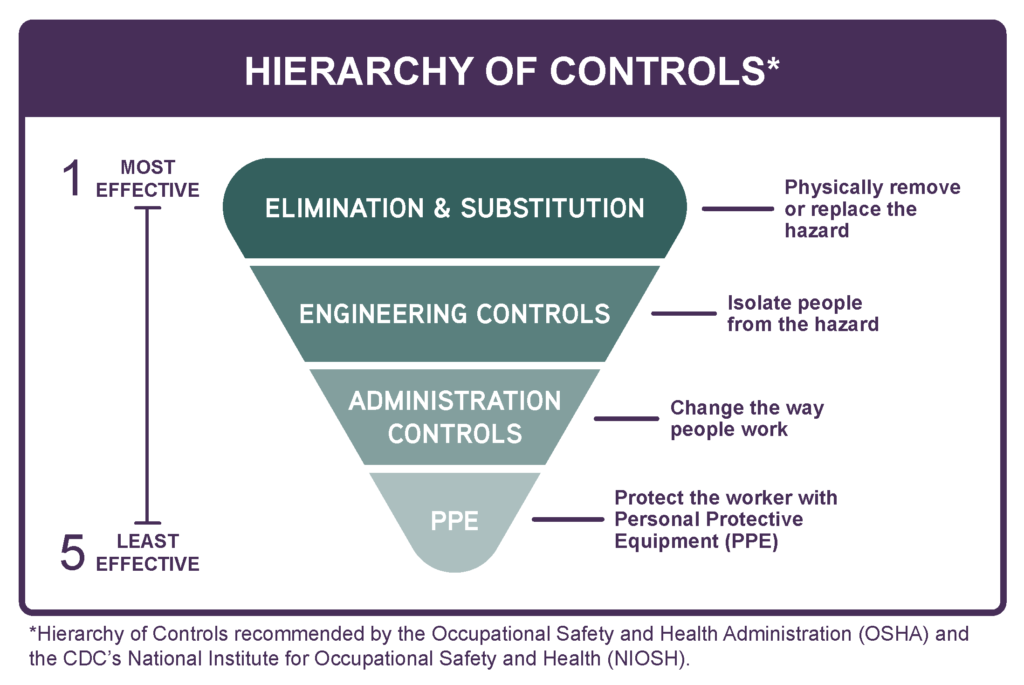
Together with our partners, we are currently in the process of analyzing all the findings comparing before and after data collection to measure the effectiveness of our interventions.
Stay tune for more data coming soon…
This program is in partnership with the University of Arizona College of Public Health, SERI and El Rio Community Health.

Program Material
General Program Information
Reduction of Hazardous Exposures in Small Businesses through a Community Health Worker Intervention.
The project provides bilingual pollution prevention technical assistance through on-site visits and workshops to small business sectors in our environmental justice community utilizing a community health worker intervention. It is aimed at reducing worker exposure to volatile organic compounds at small business through source reduction. Our community-based approach is accepted by the small business community and provides an enhanced opportunity to reduce the use of hazardous materials.
Our team has received a National Institutes of Health Grant for “Tu Trabajo no te Debe Dañar: Reduction of Hazardous Exposures in Small Businesses through a Community Health Worker Intervention” to continue and expand the work under the pilot.
Through a community-engaged research framework we are: 1) quantifying and identifying exposures to hazardous chemicals in two high risk small business sectors common in our target area (auto body and mechanic shops and beauty salons); 2) working collaboratively with business owners, trade groups, and workers to design an industrial hygiene enhanced CHW intervention tailored for each small business sector; and 3) conducting a cluster randomized trial to evaluate the effectiveness of the CHW intervention at reducing workplace exposures to VOCs and assess which factors lead to successful utilization of exposure control strategies in both male and female dominated businesses. The interventions will overcome current barriers by helping marginalized Latino workers and small business owners who may have limited education, literacy, and computer skills to understand the hazards associated with their work, and will empower them to have greater control over their occupational exposures, with the ultimate goal of preventing occupational disease and reducing health disparities.
The team has already quantified actual pre-intervention VOC exposures at 18 small businesses using real-time photoionization detectors at parts per billion level, recorded activity logs of each worker’s job tasks for their entire work shift, and used a stationary monitor to measure the concentration of 61 individual VOCs in the workplace air. We have conducted site audits at the businesses to document VOC sources (e.g., VOC-generating materials and processes, quantity and type of chemicals used), existing engineering controls (e.g., ventilation, fume hoods), administrative controls (e.g., job rotation, housekeeping, worker training), and personal protective equipment (e.g., respirator, gloves).
